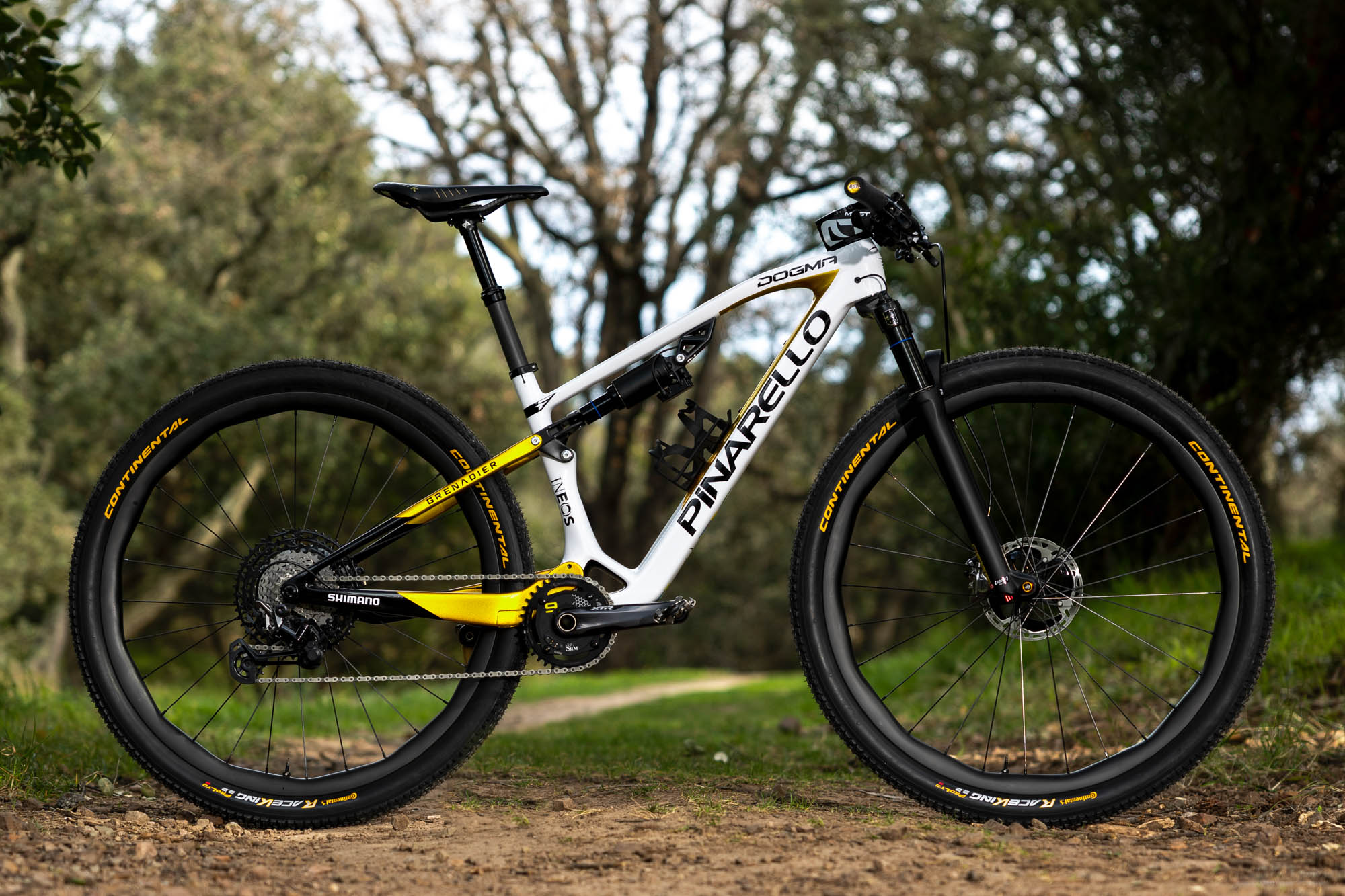Pinarello has dabbled in the cross-country mountain bike realm before, most recently with a carbon fiber hardtail and a matching full-suspension model that both seemed to cater more to riders who were already dedicated fans of the brand instead of people who were more serious about getting themselves a truly competitive machine. To all but the Pinarello-faithful, it sure came across as a prime example of form over function.
Fast-forward almost a decade, and Pinarello has now re-entered the cross-country mountain bike space once again, only this time it appears to be a far more serious effort. The new Dogma XC still sports some curious styling cues – this is Pinarello we’re talking about, after all – but at least on paper, it’s a surprisingly progressive and up-to-date short-travel full-suspension racer.
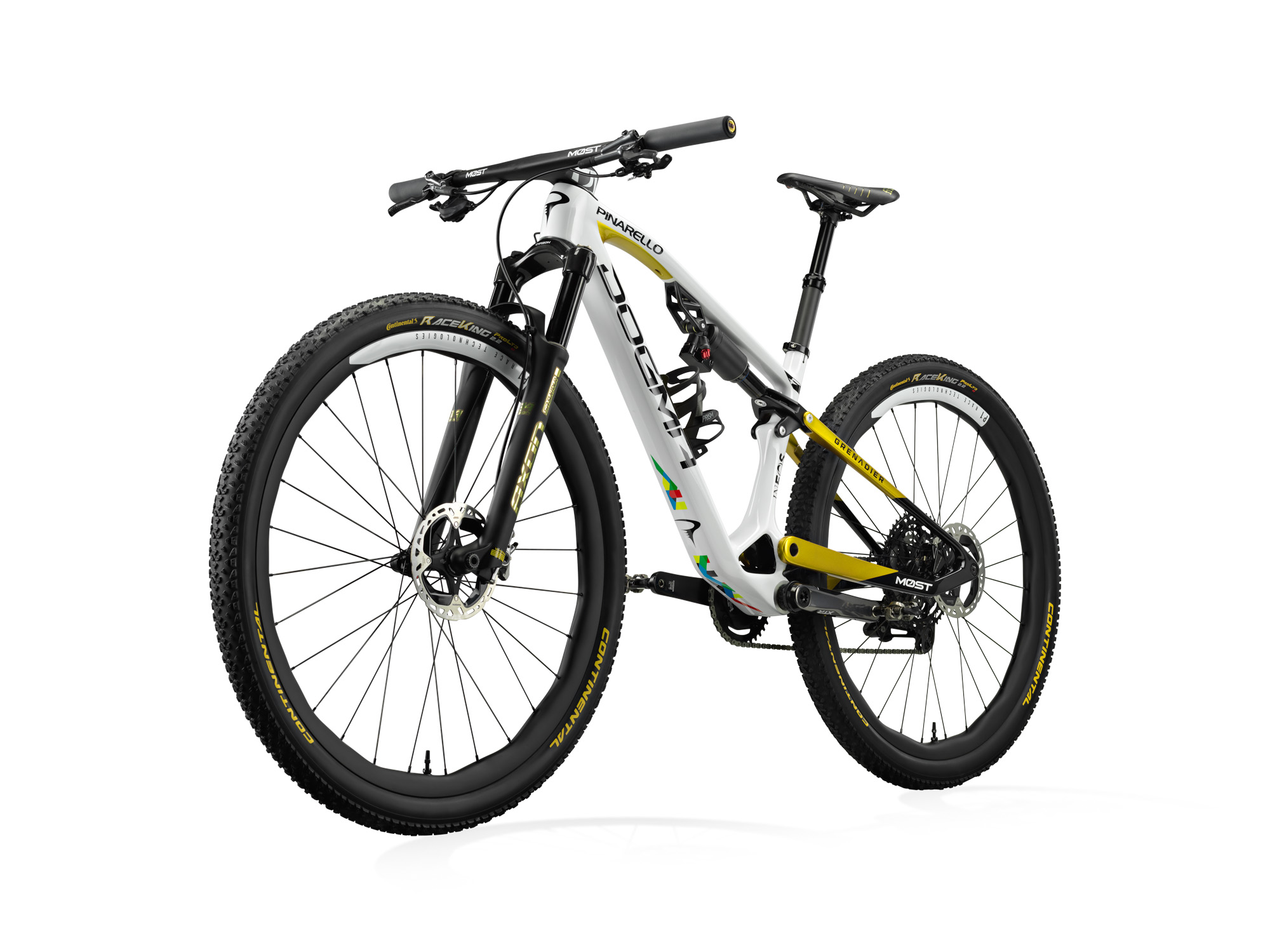
A proven formula – but with a twist
Like the majority of short-travel full-suspension XC racers currently on the market, the Dogma XC adopts a simple linkage-driven single-pivot design that decreases weight and reduces the potential for unwanted flex, with an overall aim to “maximize energy transfer while pedaling, deliver optimal compression/rebound on technical descents, and enable maximal rider control.”
In other words, it’s intended to be stiff and efficient under hard pedaling efforts, while still moving enough to provide tangible comfort, control, and traction benefits on the race course.
The rear shock is mounted in a horizontal orientation under the top tube, and it’s driven by a tiny rocker link attached to the seat tube and a short aluminum yoke connected to the rear shock eyelet. Tuned flex in the flattened seatstays accommodate any necessary geometry changes in the rear triangle as the suspension moves through its travel, and Pinarello says the Dogma XC main and link pivots use a mix of bearings and bushings to shave a few grams and improve long-term durability.
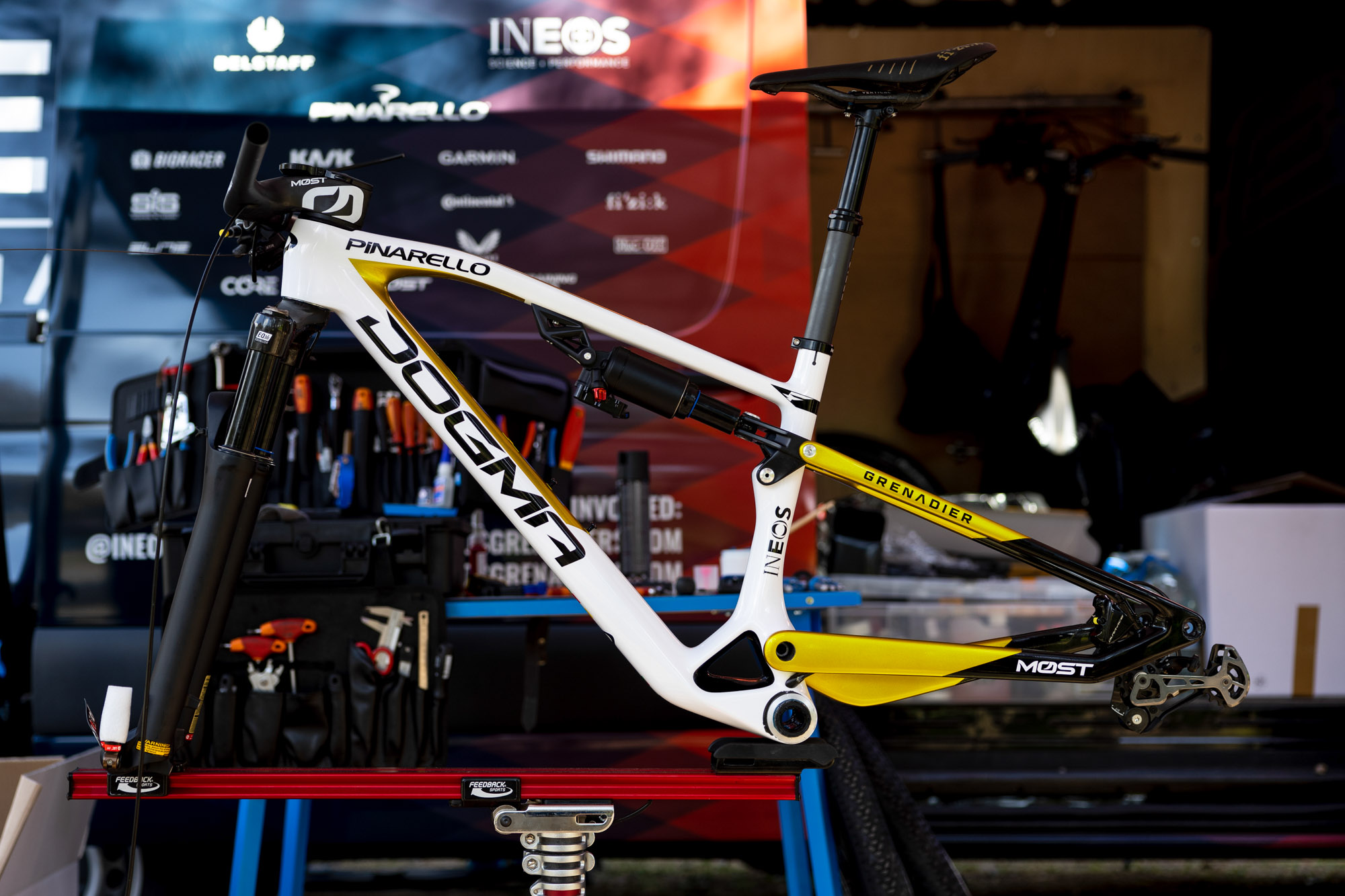
Rear travel is appropriately short for the category, but still adjustable between 90 and 100 mm (coupled with 100 mm and 120 mm forks, respectively). However, it’s not really something that Pinarello expects riders will do regularly as not only involves moving the forward shock cradle, but also swapping the shock itself. Instead, it’s more likely a way for Pinarello to offer both a more hardcore and shorter-travel version for pure racing, as well as a slightly longer-travel version for more general XC riding.
Whichever way you go, the rear end of the Dogma features a truly novel feature not used on any other mountain bike that I’m aware of.
The vast majority of carbon full-suspension bikes use a one-piece chainstay setup with some sort of yoke arrangement at the main pivot and a molded-in bridge to keep the left and right sides from moving independently. The Dogma, on the other hand, uses a two-piece arrangement with no bridge at all. Each side includes its own stub axle at the main pivot with a toothed interface that locks everything in place when it’s bolted together – not at all unlike the Hirth-style joint that Campagnolo has successfully used on its Ultra-Torque cranksets for ages.
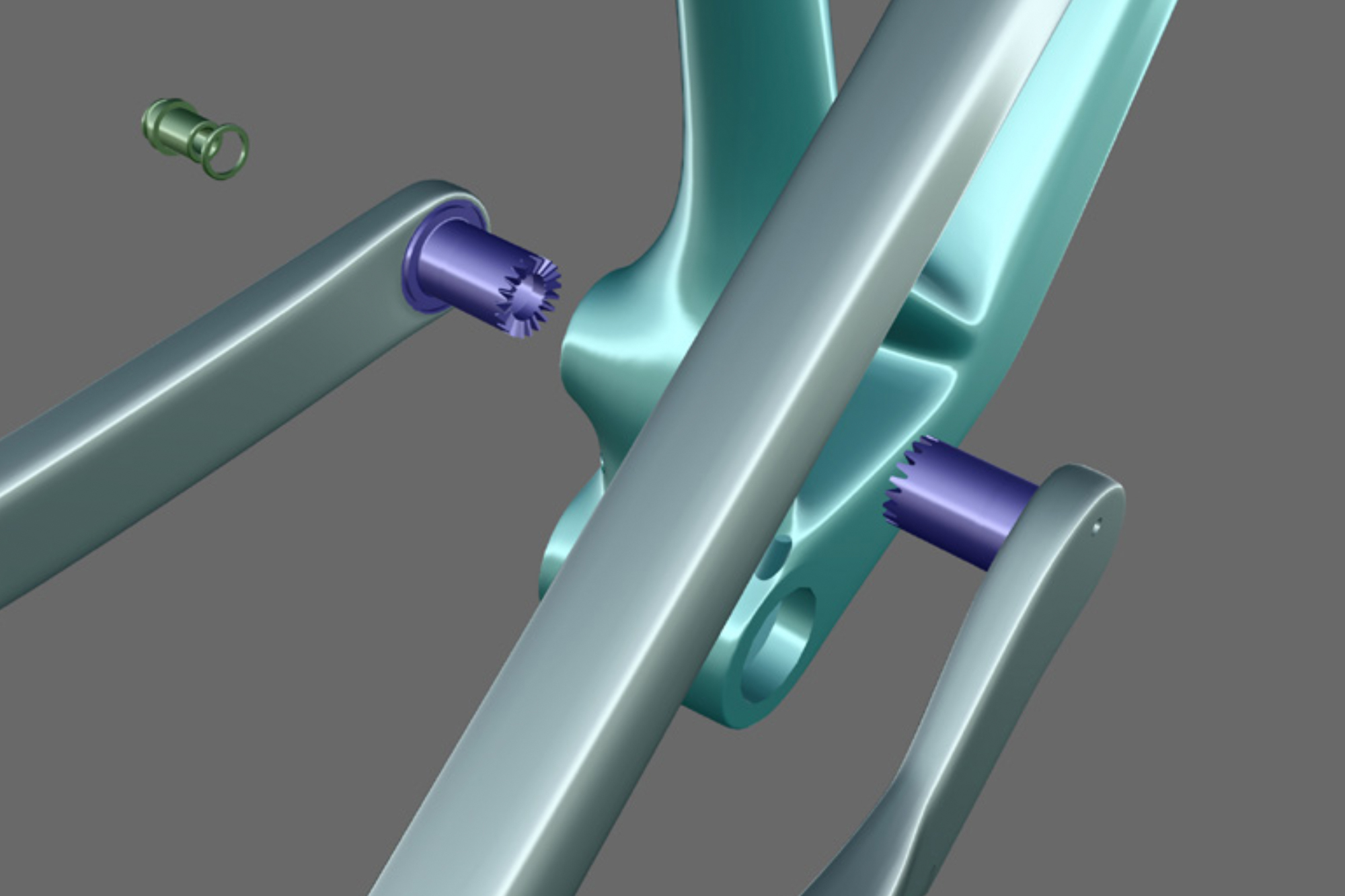
According to Pinarello, ditching the bridge allows for a shorter and quicker-handling rear end, more tire clearance, and a cleaner surface that’s less likely to accumulate mud and debris. Indeed, the chainstays are about 5-10 mm shorter than what you’d find on most other bikes in this category, although Pinarello doesn’t really seem to have taken full advantage of the tire clearance thing as the Dogma XC is only officially rated to handle a 29x2.35” knobby.
Hardtail on the way, too
Subtly dropped into the media kit for the new Pinarello Dogma XC is this intriguing tidbit:
“… there is a second, front suspension frame also being developed to meet the demands of other World Cup circuits.”
There were no details provided on this one, but Pinarello apparently has a hardtail version of the Dogma in the works. Hopefully it's not as weird as the company's previous attempt.
Modern geometry and features
Quite impressively for a storied road-centric Italian brand with such limited experience in the segment, Pinarello has also graced the Dogma XC with a thoroughly modern frame geometry.
There are unfortunately only four sizes available, but each are at least equipped with long reach dimensions – 455 mm for a medium! – and particularly low stack heights that place the rider in a suitably aggressive position. Head tube angles are quite slack for a cross-country racer, ranging from 67.5-68°, and combine with the long reach to provide what I expect to be XC-like agility with trail bike-like stability to better suit today’s technically demanding race courses. The relatively upright 75-75.5° seat tube angles also create a slightly more forward pedaling position for attacking steep climbs (without being so steep that it affects power output on more rolling terrain), and the short seat tubes that can accommodate up to 150 mm of dropper seatpost travel.
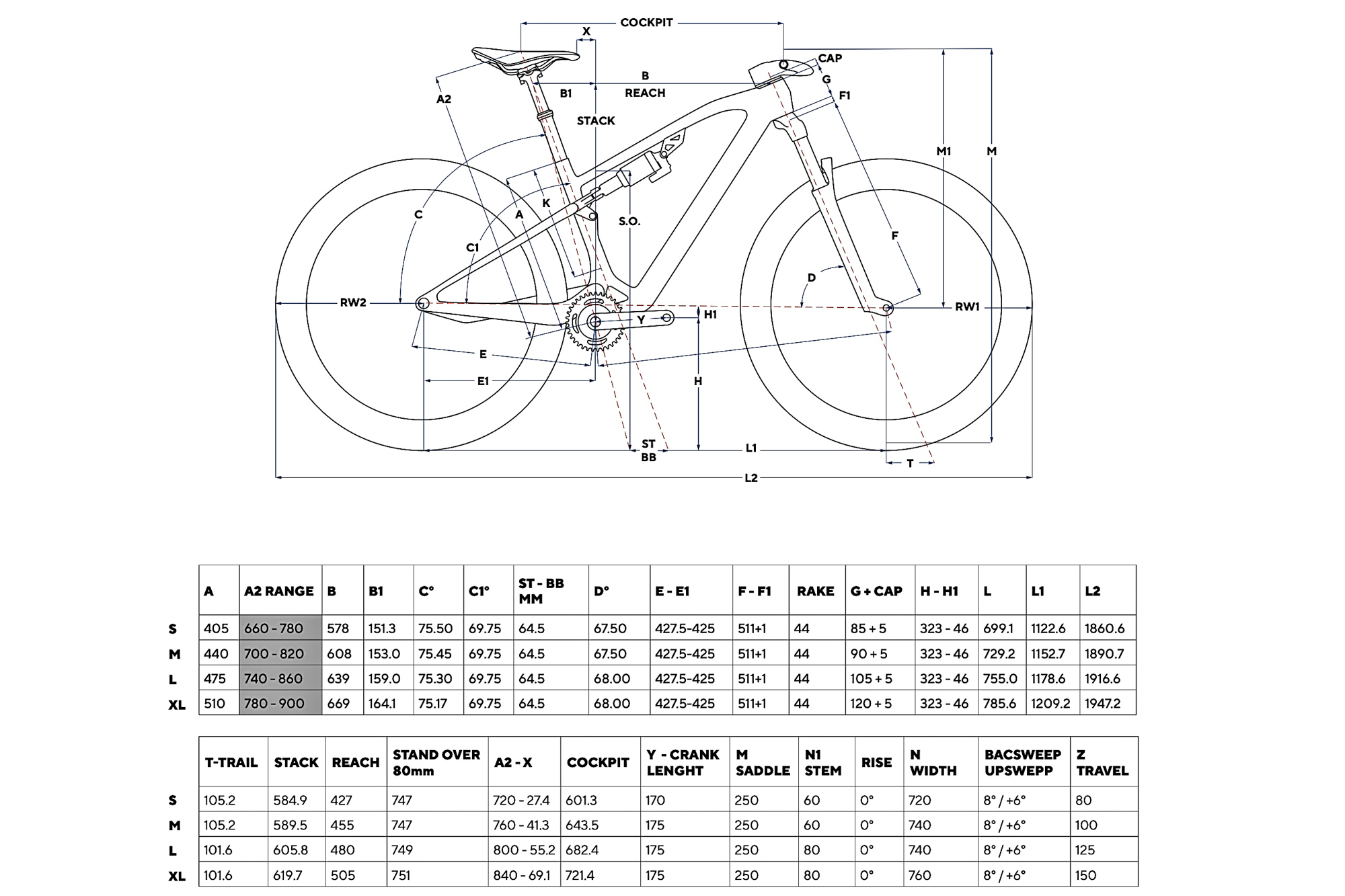
Pinarello’s in-house component brand, Most, provides a matching one-piece carbon fiber bar-and-stem combo, and naturally, routing is fully internal through the headset for a clean look (and frustrating maintenance). There’s also a flat-mount interface for the rear disc-brake caliper instead of the post-mount arrangement more commonly used for mountain bikes, but Pinarello has at least seen fit to include a conventional threaded bottom bracket as well as a SRAM Universal Derailleur Hanger for compatibility with the company’s latest drivetrain systems.
As for the claimed weight, Pinarello conspicuously omitted that bit of information from the media kit, but even if it’s not best-in-class (which I'd expect given where Pinarello’s flagship road models usually sit in the pecking order), the hope is it’s not too far off.
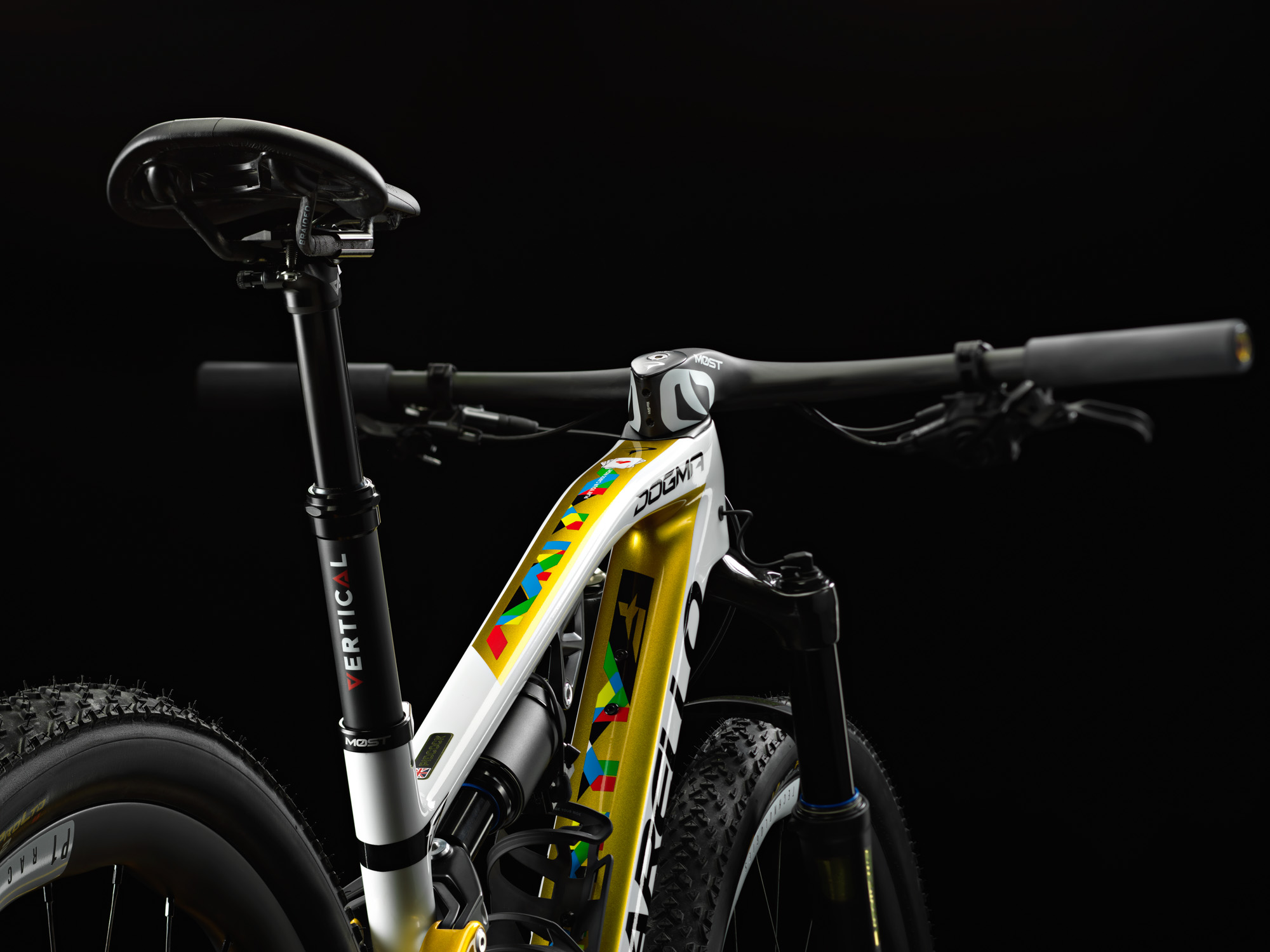
Also missing? Pricing information, although again, this is Pinarello we’re talking about, so strong value isn’t likely to be a part of the equation here. Even if you think you’ll be able to afford it, the new Pinarello Dogma XC won’t be available until March 2024 (which at least gives you some time to save up).
Ineos Grenadiers team riders Pauline Ferrand-Prevot and Tom Pidcock obviously won’t have to wait that long as they’ll be racing it again this weekend at the opening World Cup round in Nové Město, Czech Republic – where Escape Collective will be bringing you full coverage of all the action.
More information on the new Pinarello Dogma XC can be found at www.pinarello.com, and we’ll hopefully have an actual sample for review sooner than later.
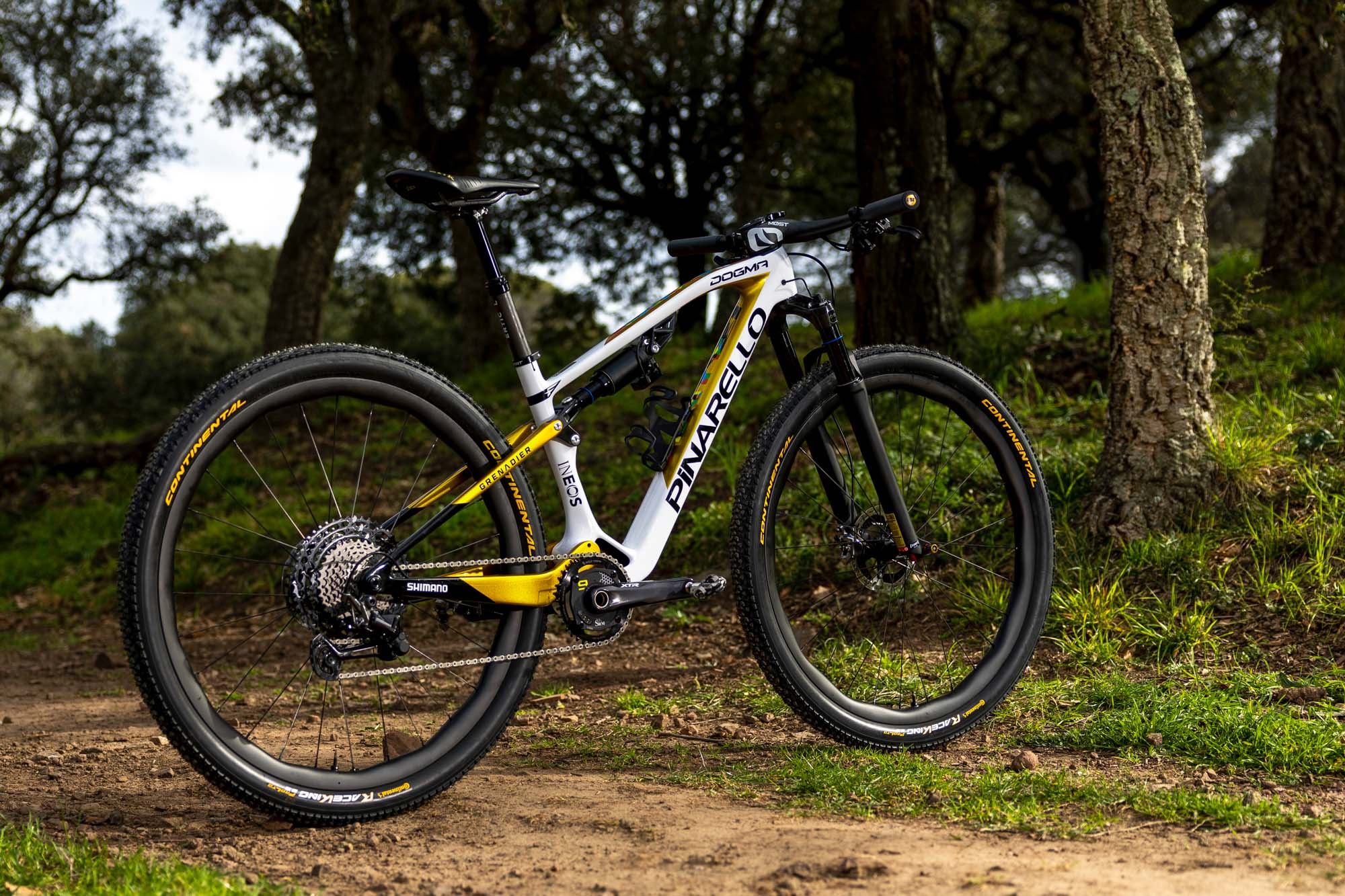
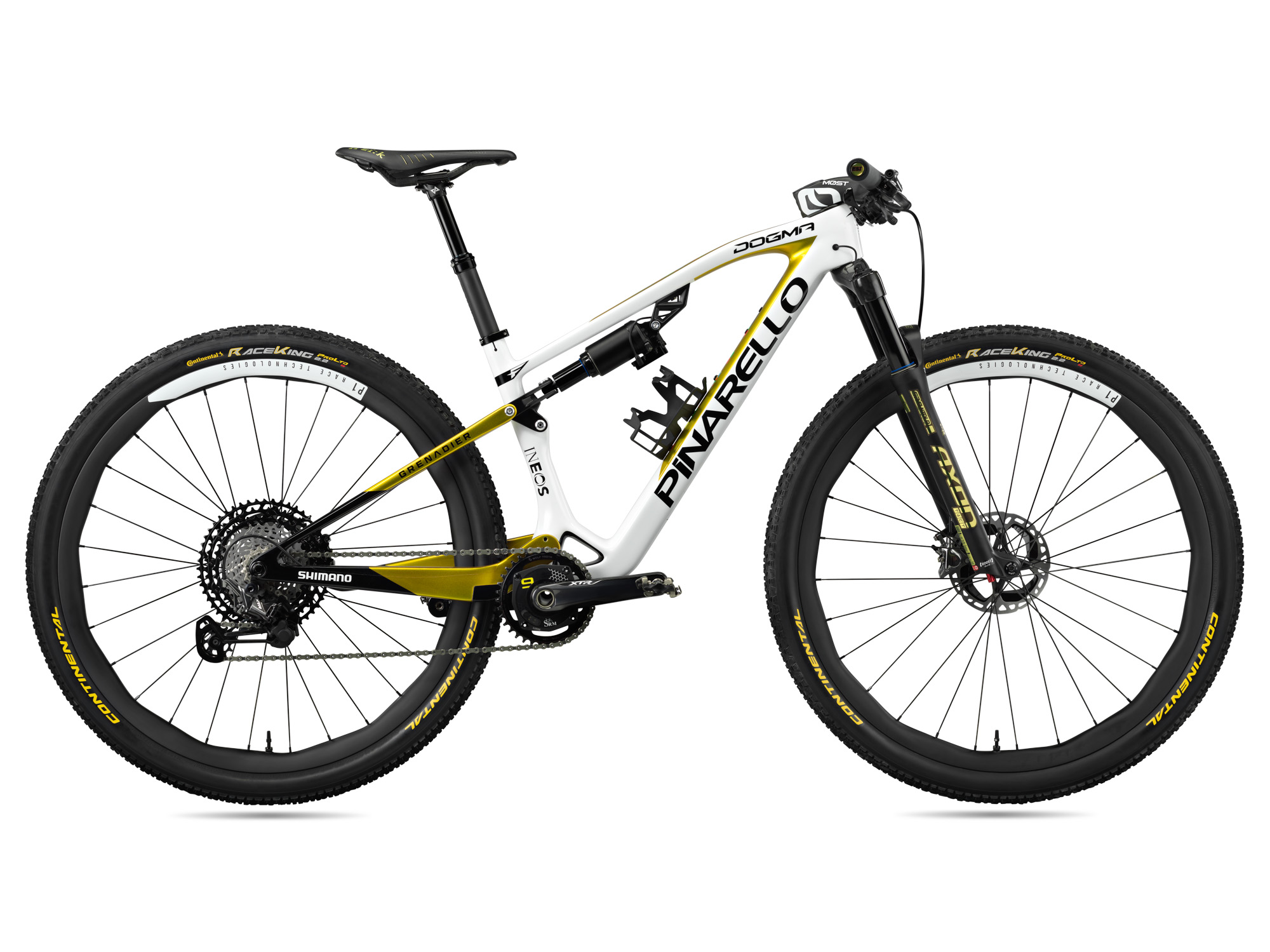
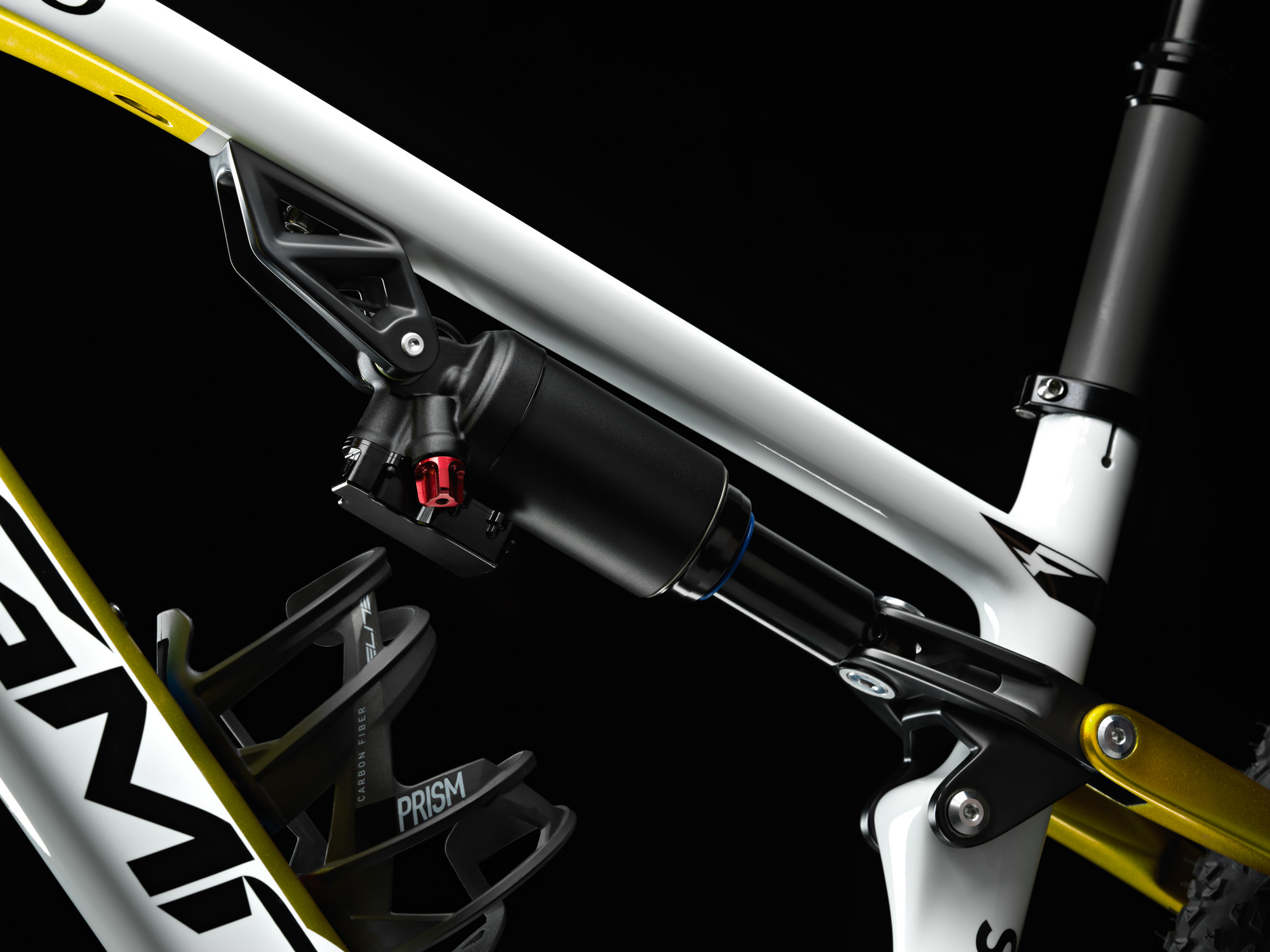
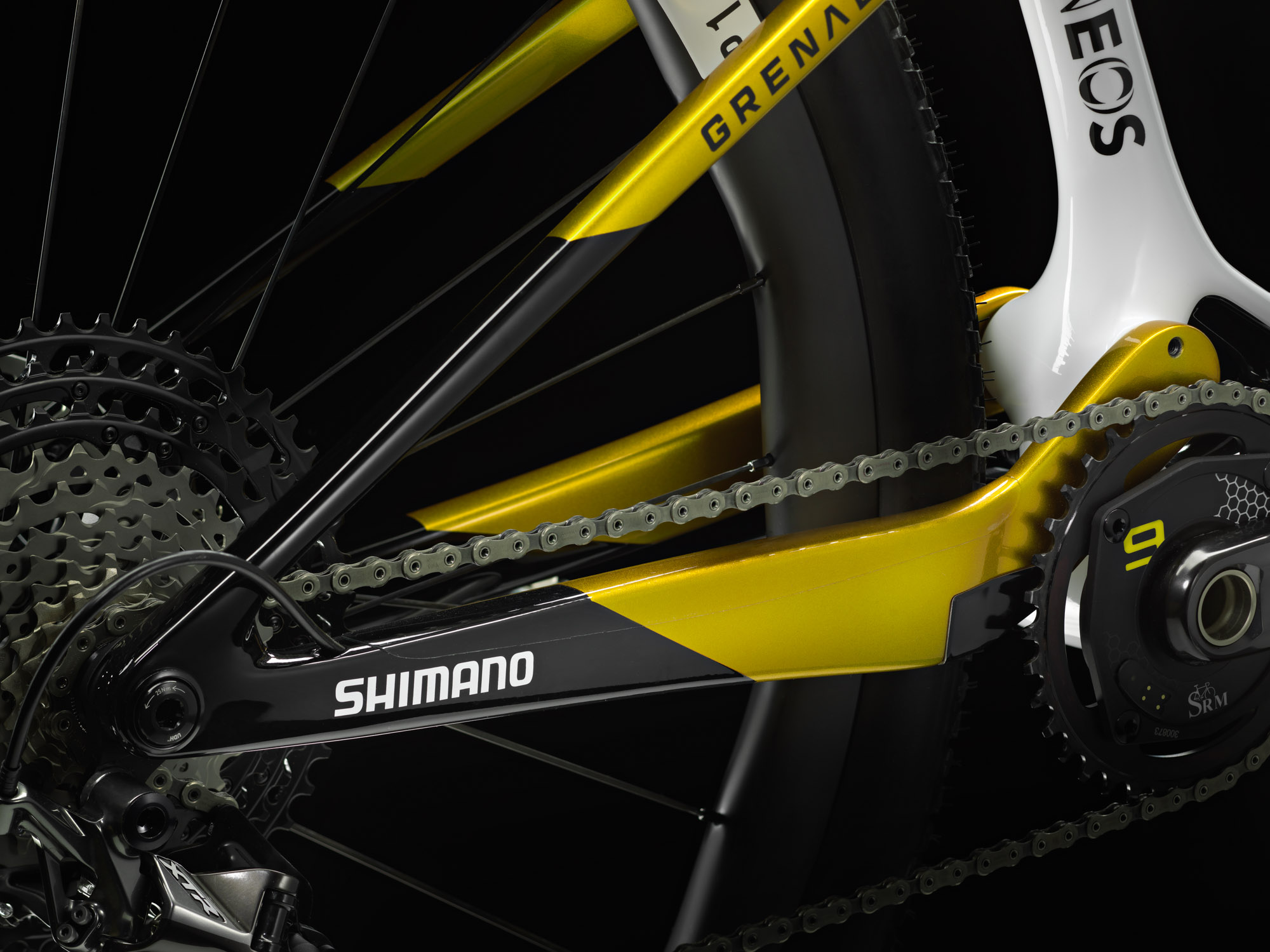
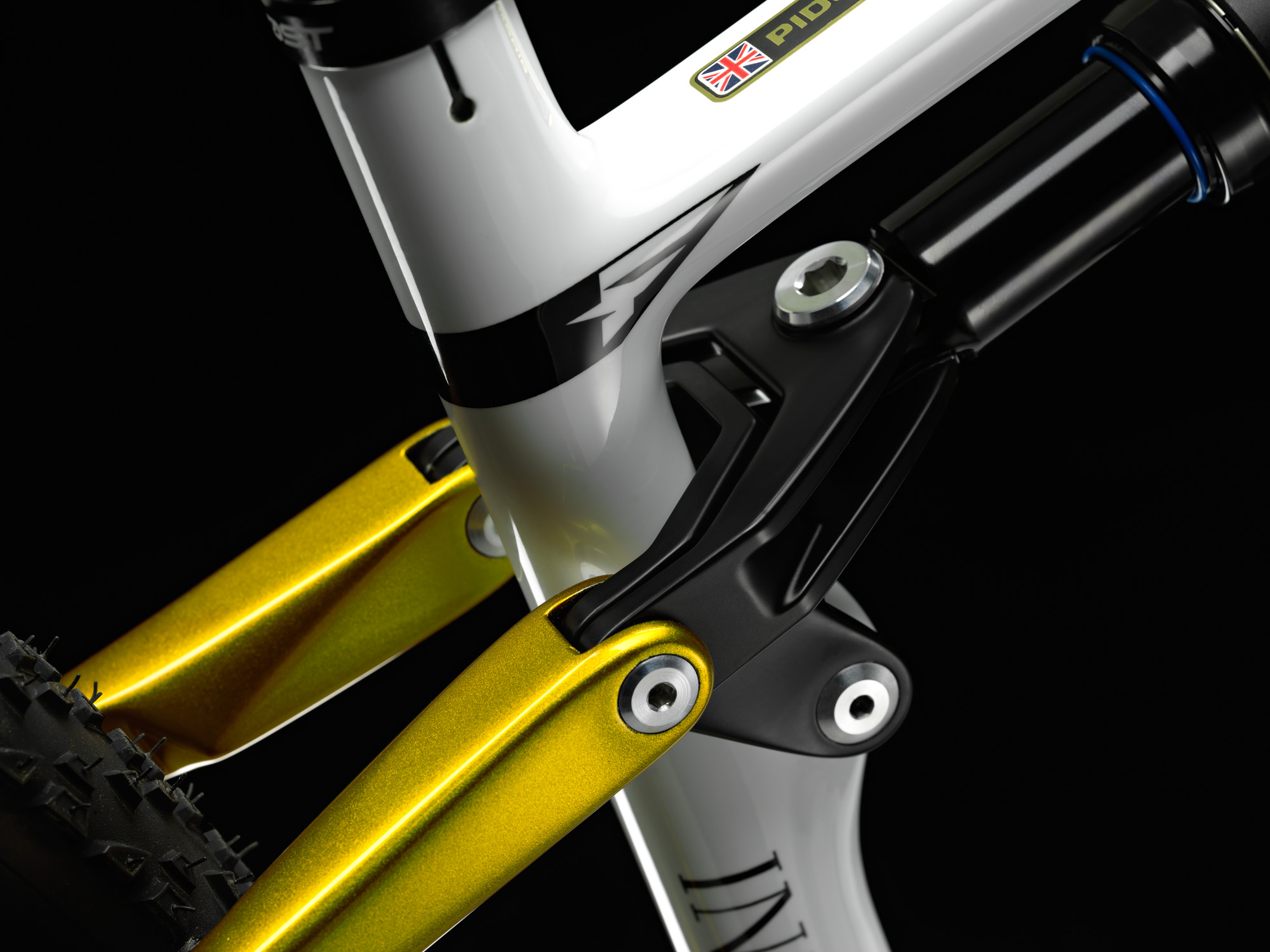
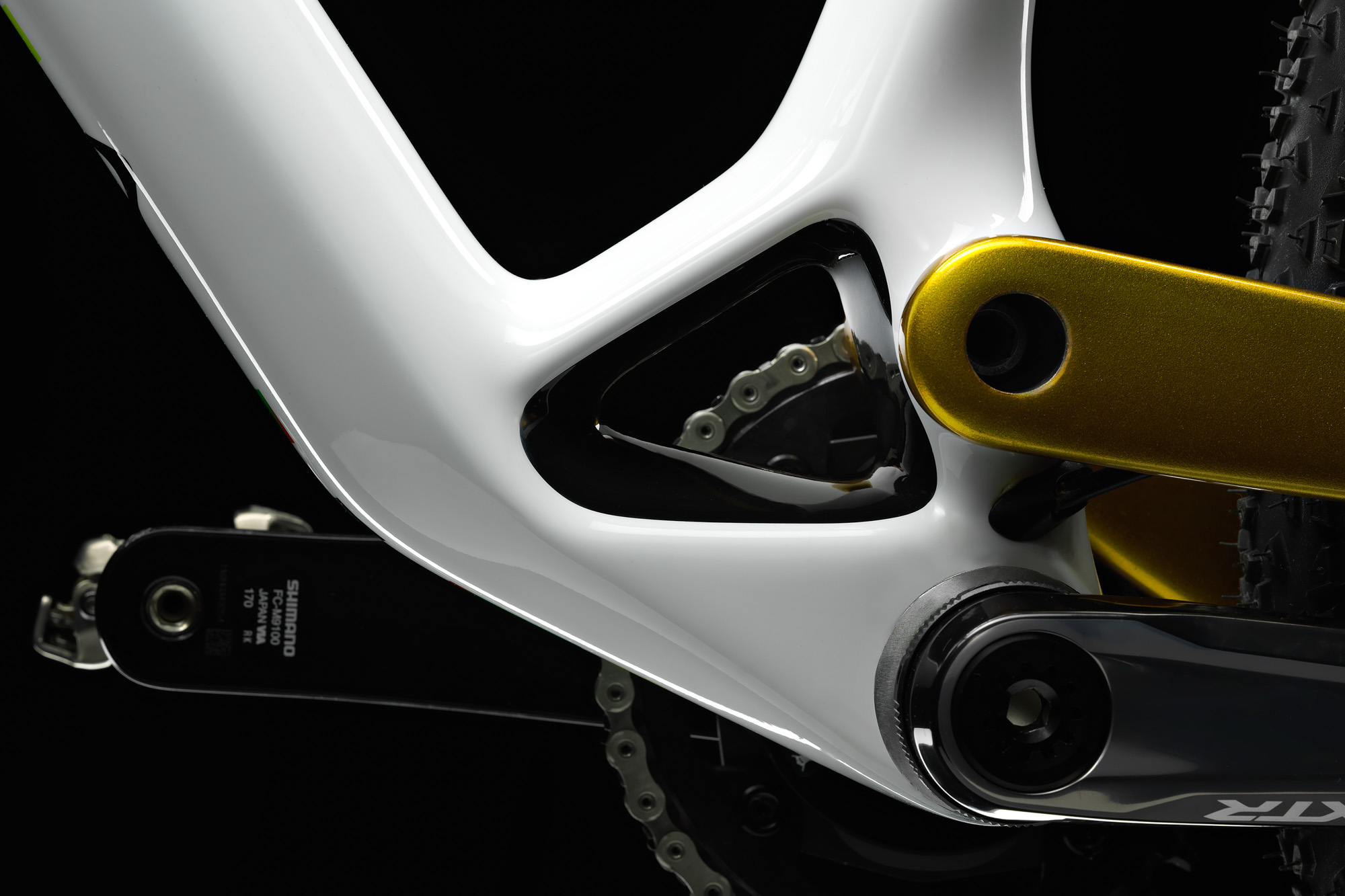
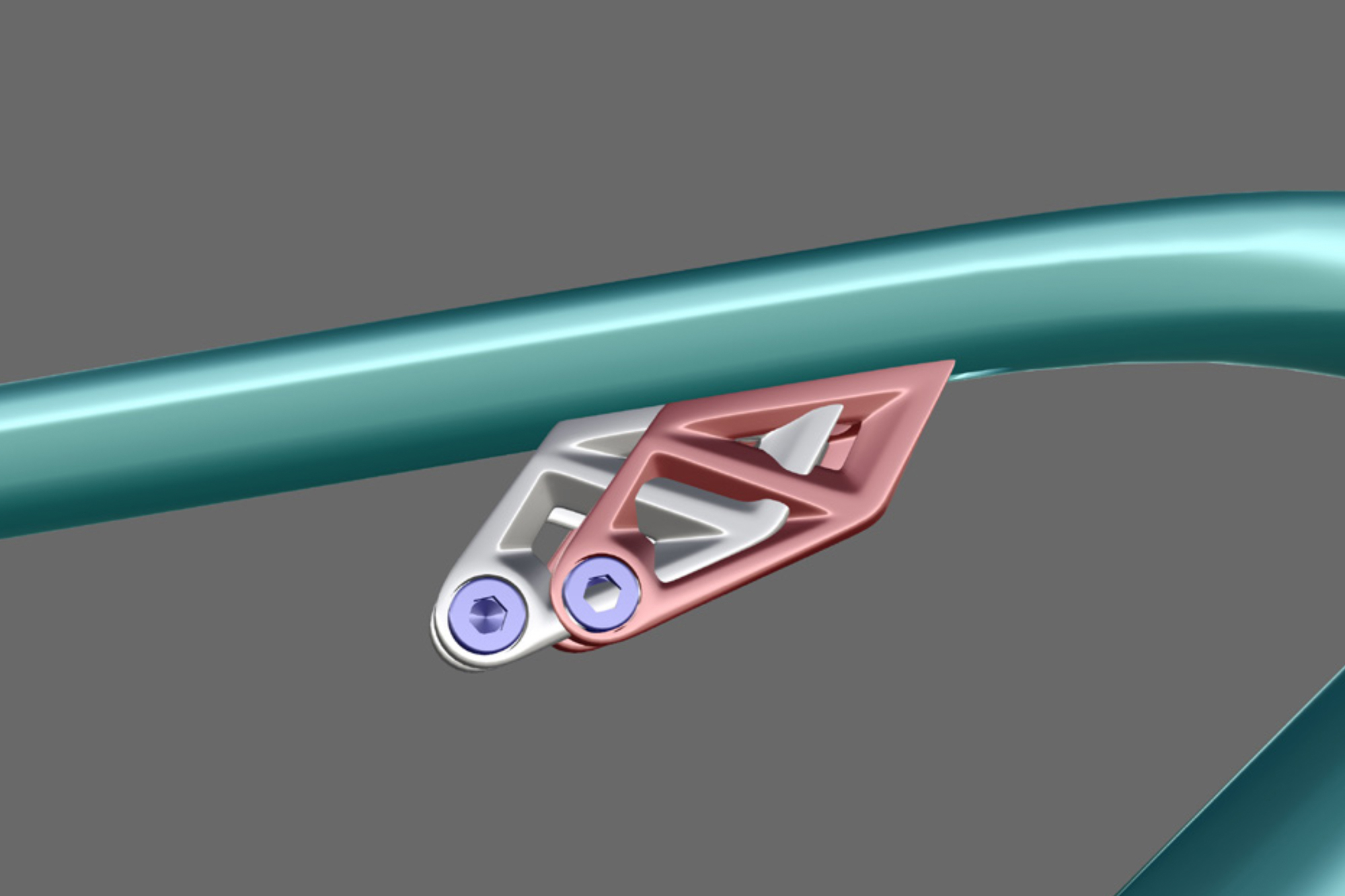
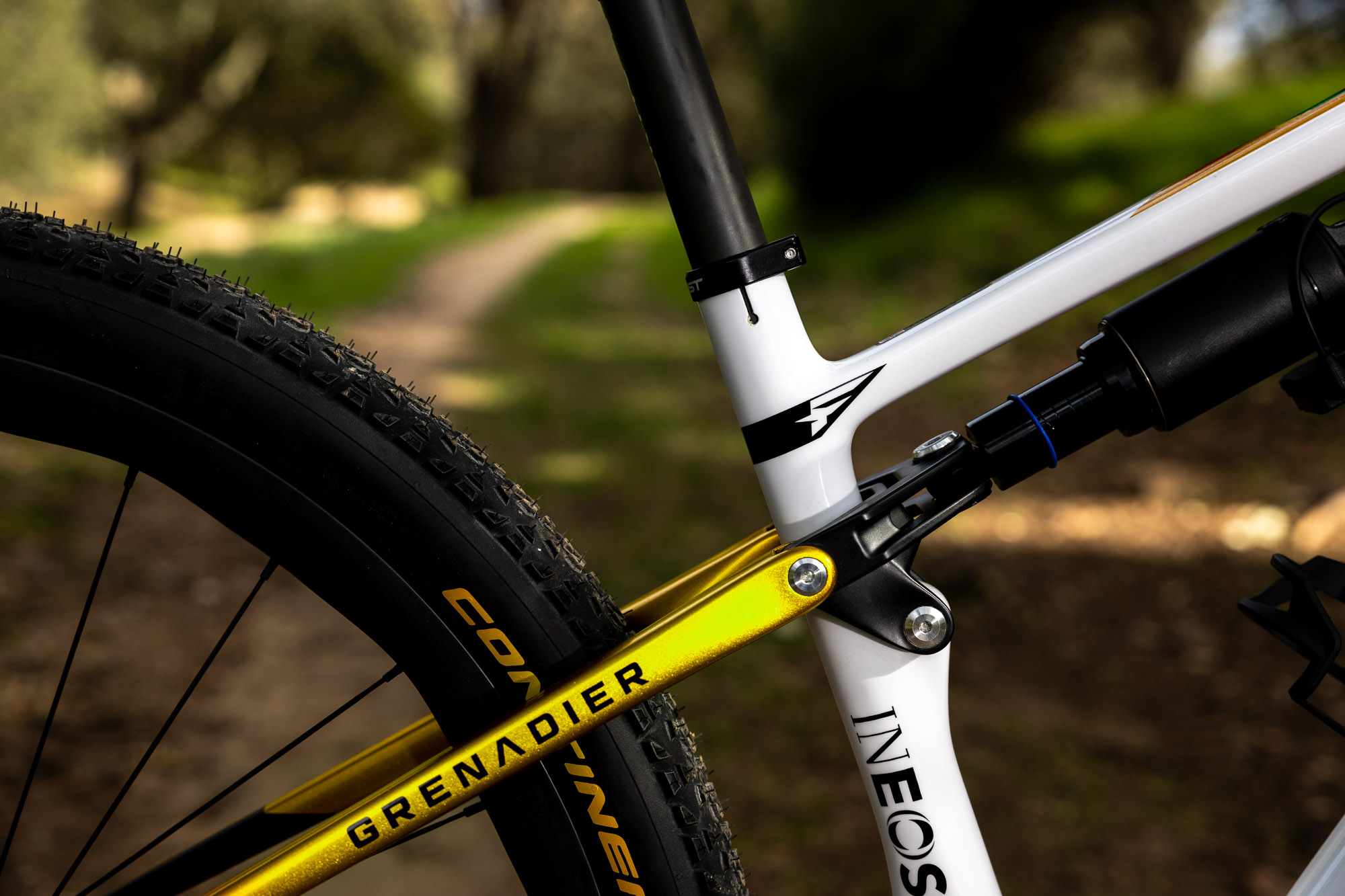
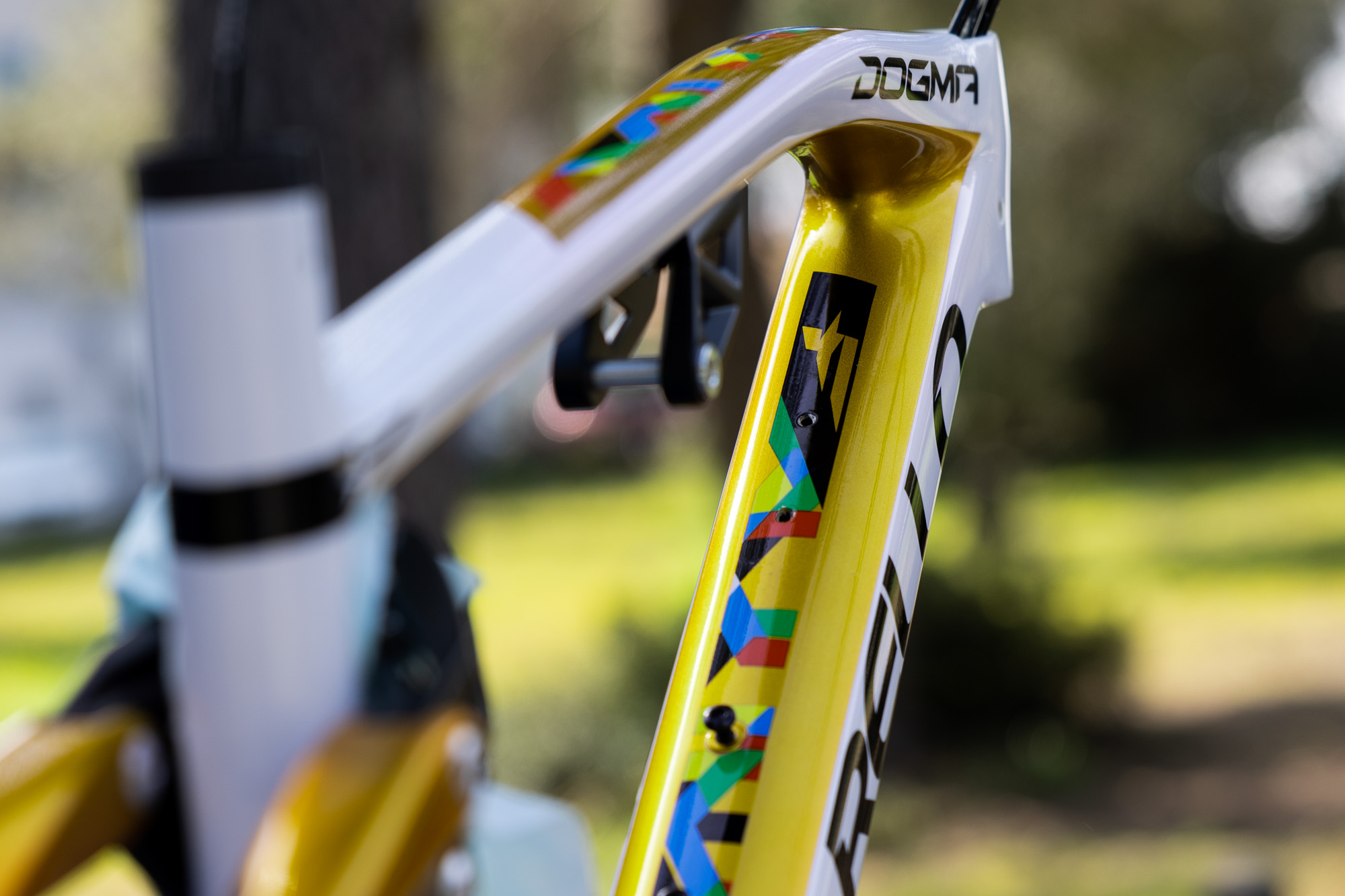

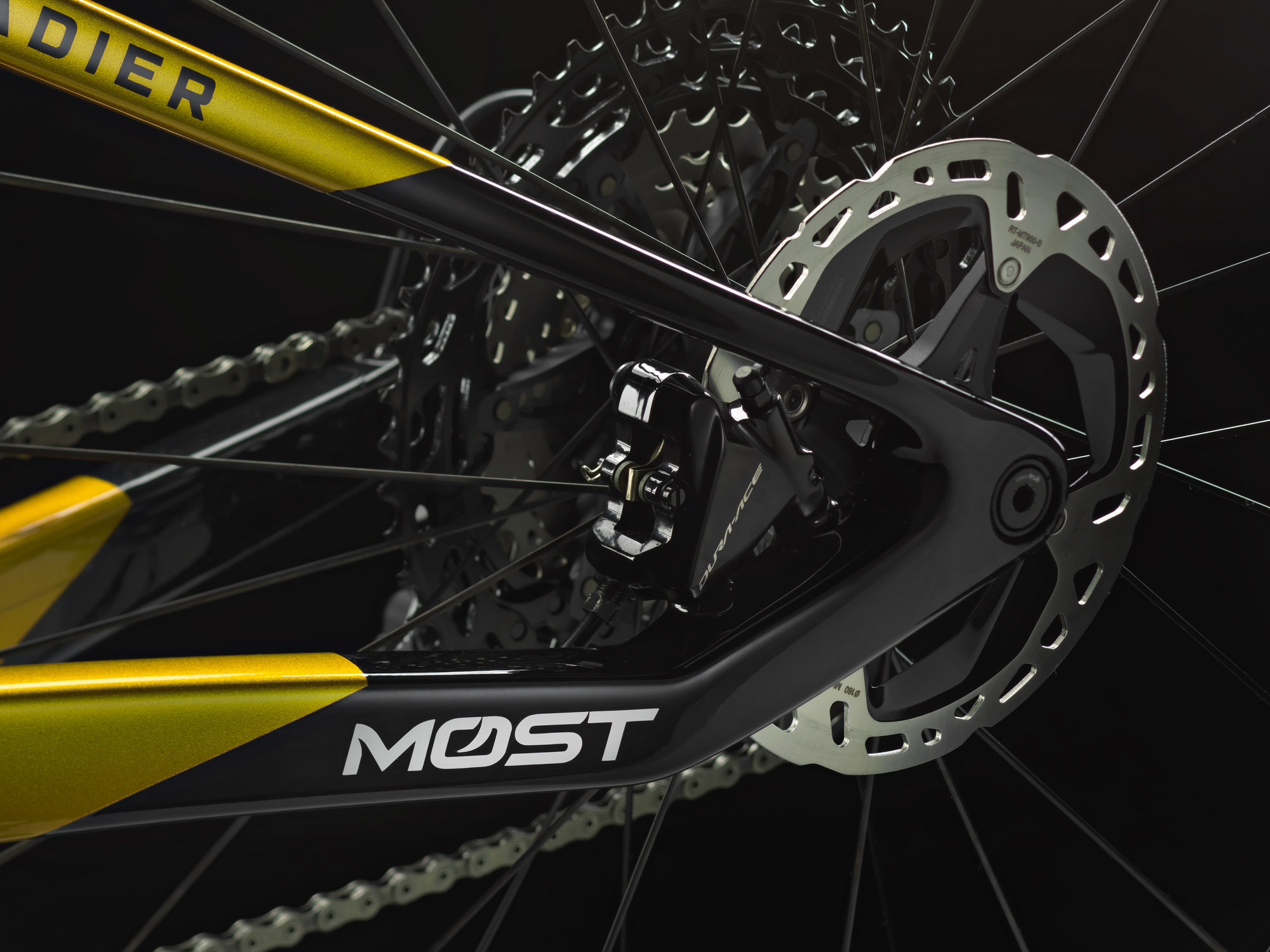
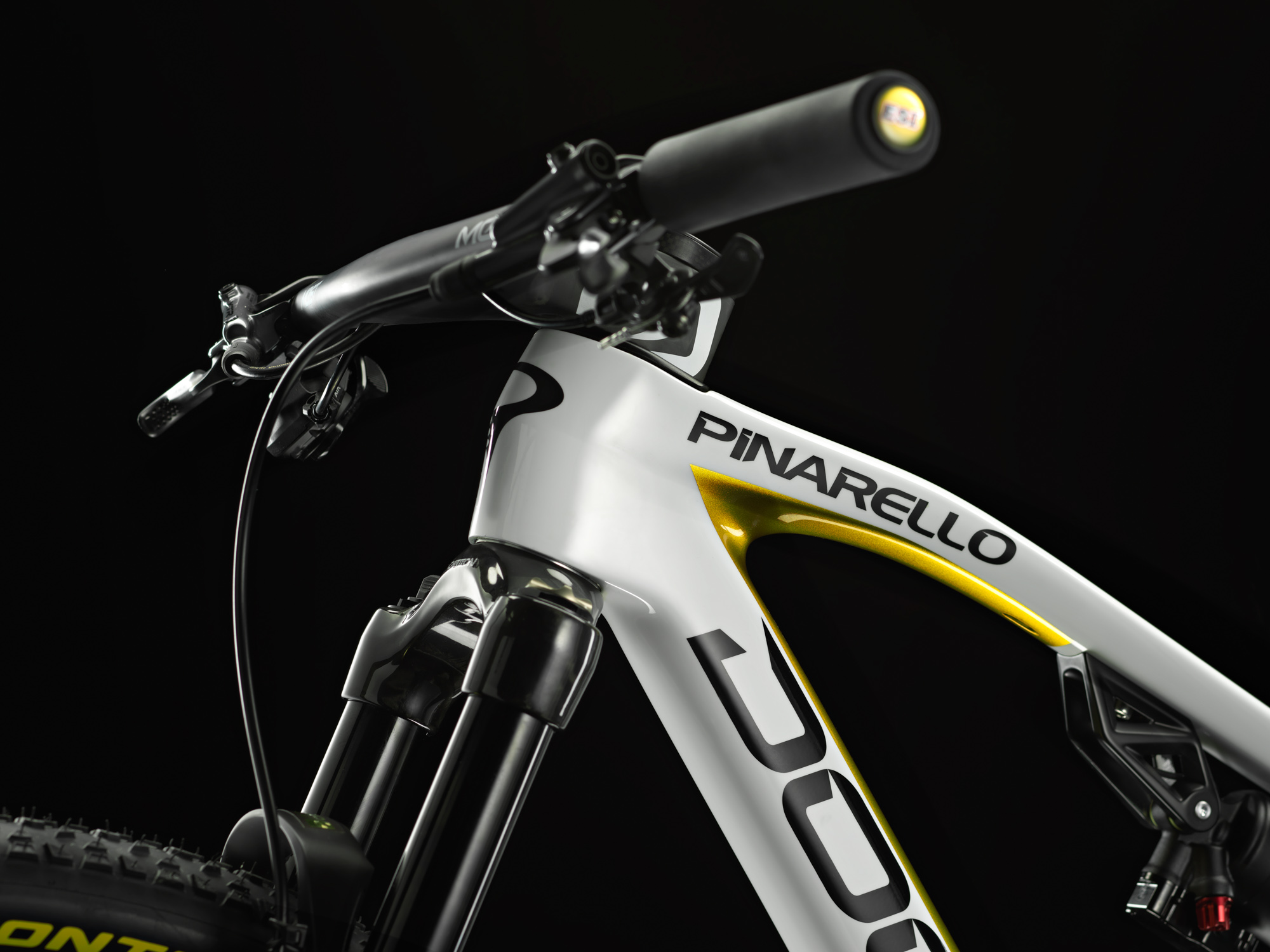
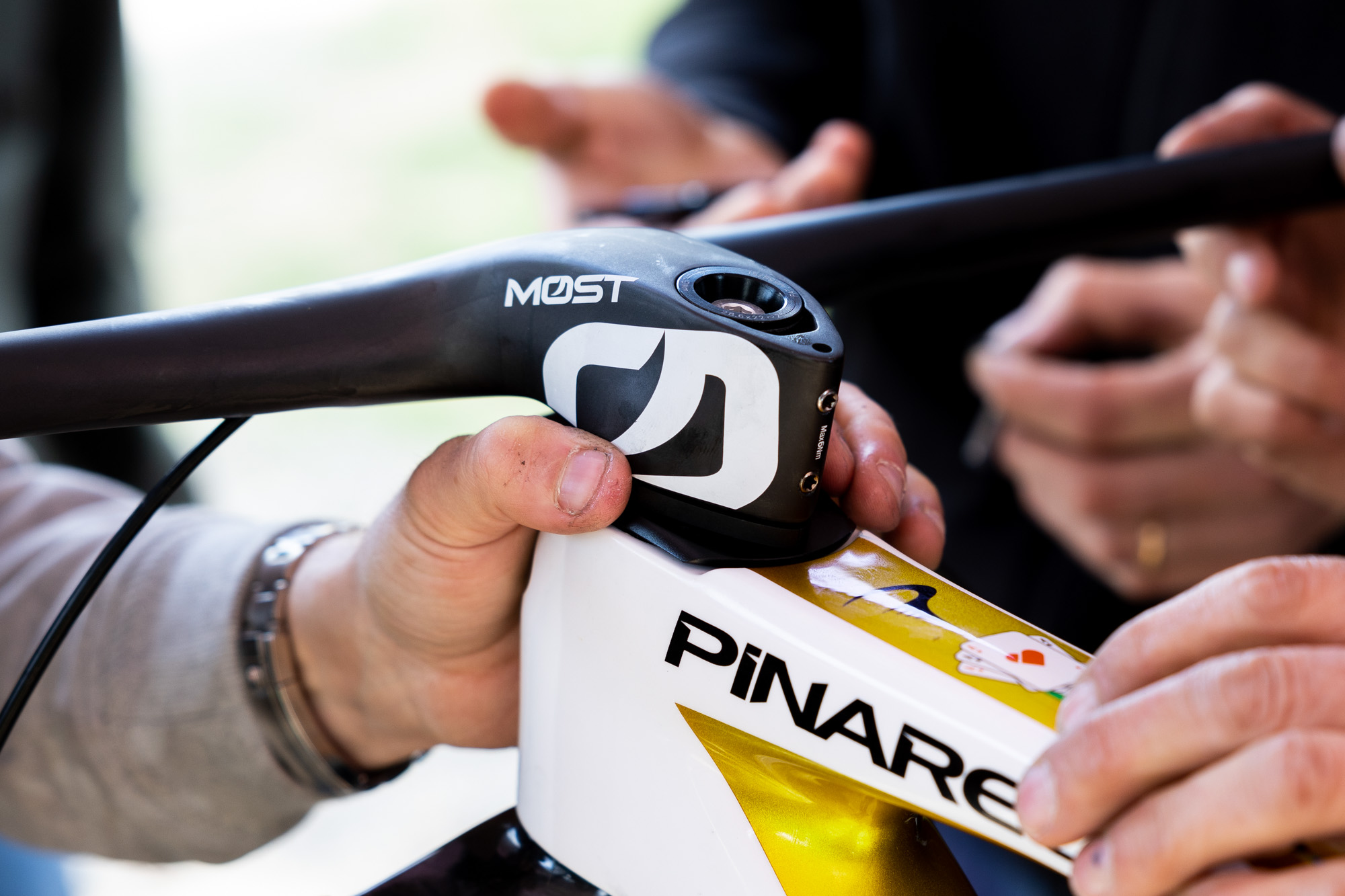
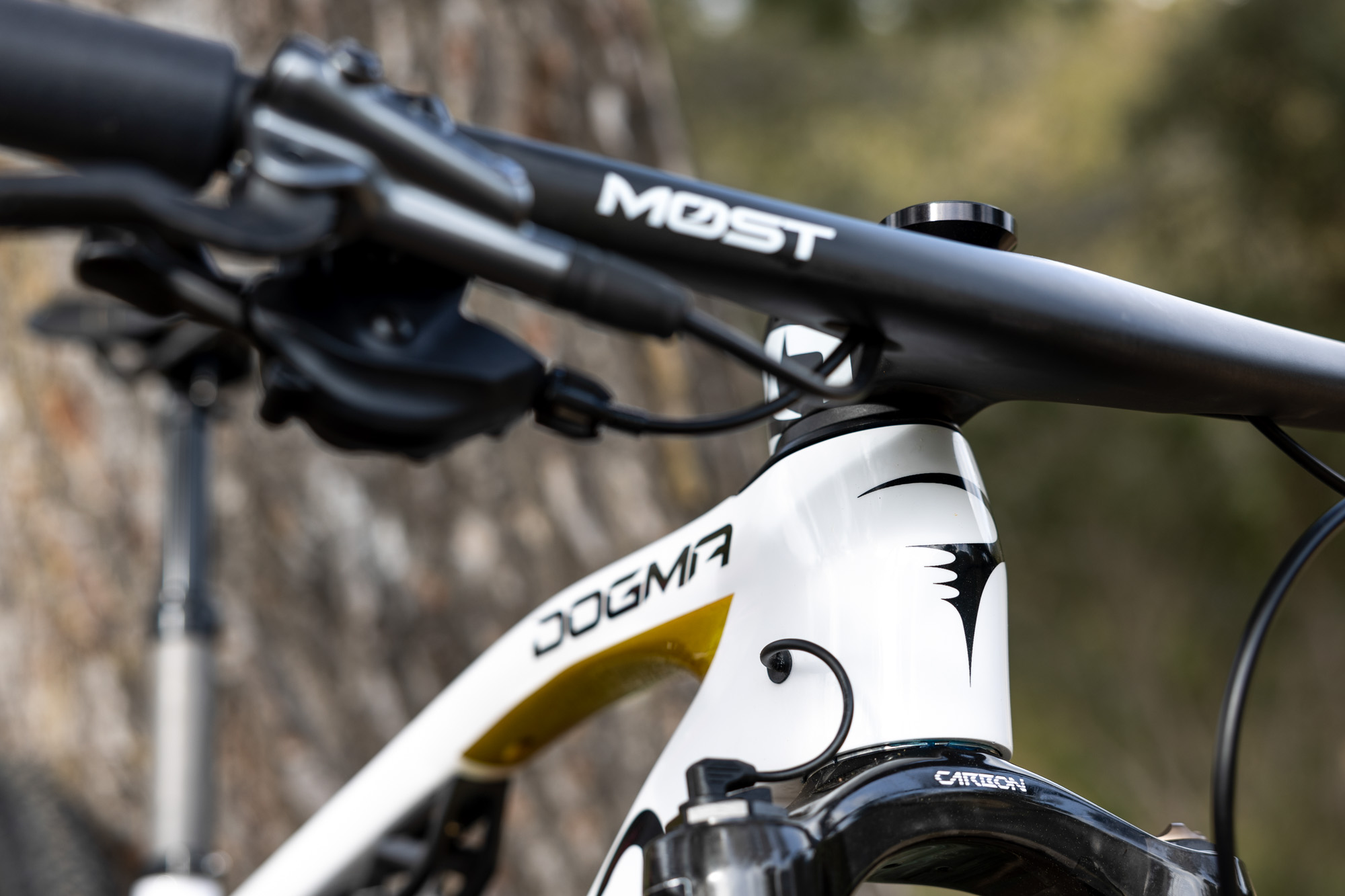

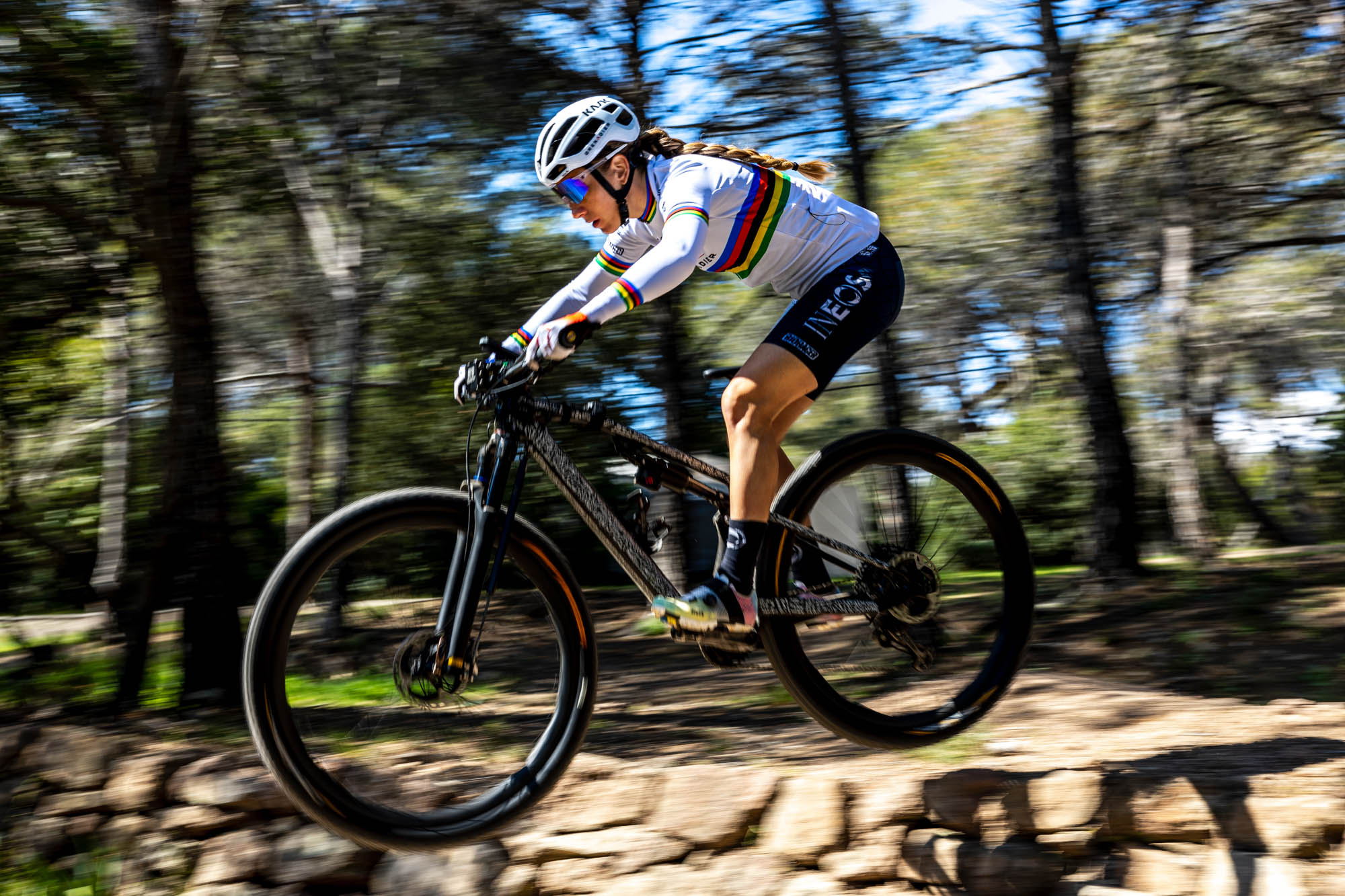
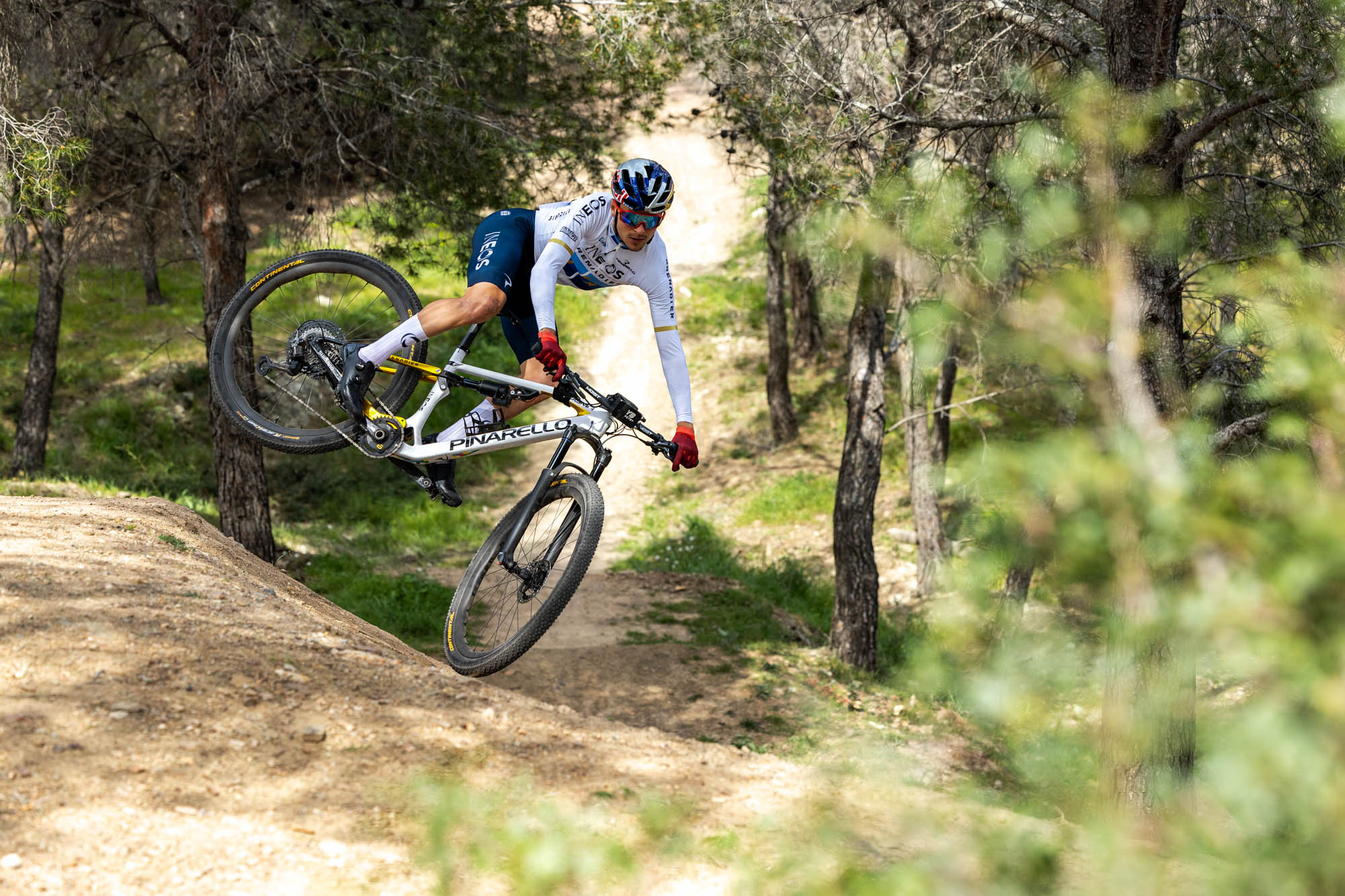
Did we do a good job with this story?

